Government Debt Agreement Contains One Tax Law Change

Government Debt Agreement Contains One Tax Law Change
A number of changes to the tax law, all centered on implementation of the Affordable Healthcare Act, were considered before Congress passed the debt ceiling agreement and ended the government shutdown. But in the end, only one change became law.
Democrats reportedly had proposed delaying for one year the annual fee on health insurance providers, which is scheduled to start in 2014. The fee applies to entities engaged in the business of providing health insurance for U.S. health risks for calendar years beginning after 2013. The fee that each covered entity owes will be based on an apportionment of a total applicable amount for each year. The applicable amount is $8 billion for calendar year 2014. That proposed one-year delay was not incorporated into the final deal.
Another element of the health care law, the Sec. 4191 medical device excise tax, the repeal of which had reportedly been the subject of discussions as recently as last weekend, is also not part of the agreement. Under this provision, a tax equal to 2.3% of the sale price is imposed on the sale of any taxable medical device by the manufacturer, producer, or importer of the device.
The change to the health care law under the agreement reached last week sets up a new requirement that the eligibility of people who receive cost-sharing reductions under Section 1402 of the Patient Protection and Affordable Care Act, P.L. 111-148, or the health insurance premium tax credit under Sec. 36B, be verified. Under the agreement, the secretary of Health and Human Services must ensure that health insurance exchanges verify that individuals applying for the credit or cost-sharing reductions are eligible and must certify to Congress that the exchanges are verifying eligibility. The secretary is required to report to Congress by Jan. 1, 2014, what procedures exchanges are using to verify eligibility.
The health insurance credit is available to eligible individuals who purchase coverage under a qualified health plan through one of the new health insurance exchanges. The credit subsidizes the cost of health insurance for certain low-income individuals.
To be eligible for the credit, a taxpayer must (1) have household income between 100% and 400% of the federal poverty line (FPL) amount for his or her family size (starting in 2014, persons with income below 133% of the FPL are eligible for Medicaid), (2) not be claimed as a dependent by another taxpayer, and (3) if married, file a joint return. The credit amount is the sum of “premium assistance amounts” for each month the taxpayer or any family member is covered by a qualified health plan through an exchange. The premium assistance amount is the lesser of (1) the premium amount or (2) the result of a formula based on a “benchmark plan” and the taxpayer’s household income (Sec. 36B(b)).
A proposal to require members of Congress, the president, and the cabinet to obtain health care coverage through the exchanges, but not receive an employer subsidy from the government, also is not included in the agreement.
Source: Journal of Accountancy at http://www.aicpa.org/InterestAreas/Tax/NewsAndPublications/taxnews/Pages/20131016.aspx



